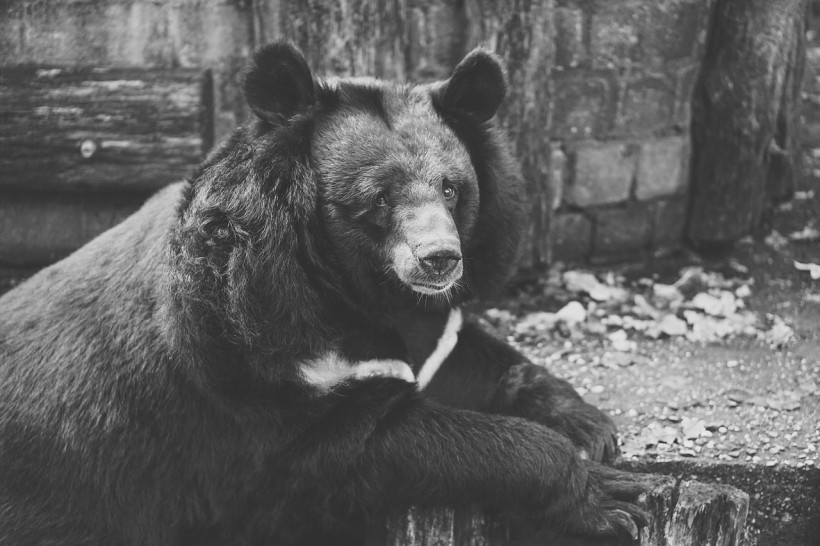Armen Tadevosyan, 71, has cared for the animals in his zoo-botanical park for more than 30 years. He built it himself in Armavir town, about 28 miles (45 kilometers) from Armenia's capital city, Yerevan. During those years, he collected over 50 specimens of animals and kept them in partial captivity conditions.
However, animal welfare groups want to get the center dubbed Salvation Park to close down. According to them, the animals were in dire condition and the worst they had ever seen. The Armenian government is now being pressured to close down the zoo entirely.

Blind Bear Locked in Cage for 30 Years Along With Miserable Monkeys, Other Animals in the World's Saddest Zoo
Miserable Animals in the World's Saddest Zoo
Inside the world's saddest zoo are a blind bear locked in a cage for three decades, miserable monkeys, and dozens of animals, including a lioness that lives in a ramshackle dark barn. Tadevosyan rescued these animals from traffickers and hunters, yet the UK-based International Animal Rescue (IAR) told The Sun that its condition was among the worst they have ever seen.
The blind bear named Nelson has been housed in a dirty cage with no exercise. It has been suffering from rotting teeth and poor eyesight that could have been saved with surgery.
The 13-year-old lioness named Sara has also been trapped in a cage for seven years, a group of monkeys have been caged in a rotting barn and haven't seen the daylight for many years. An eagle couldn't spread its wings because it has been housed in a small cage while a goat constantly charges the bars of its pen.
According to Metro, the UK-based charity has been trying to save Nelson the bear from the Salvation Park, but Tadevosyan refuses to hand him over. He claims that the animals were well looked after, but IAR president Alan Knight OBE argues that the conditions are so poor that it is nothing short of hell on Earth.
For now, an animal welfare bill is being debated that would see the zoo closed.
Are Zoos Good or Bad for Animals?
Zoos are a great way to allow people to get a closer look at wildlife and learn more about them. However, zoos might also cause more harm than good to animals.
According to KQED, humans started capturing and displaying exotic animals thousands of years, with the earliest known collections dating back to 3,500 BCE in Egypt. Records suggest that they kept hippos, elephants, baboons, and different species of large cats. But unlike today, where anyone can just visit them, zoos back then were a display of a king's power.
It was not until the 1800s that zoos became public, and people could come and go to see different animals exhibiting their natural behavior. The oldest operating zoo is the Vienna Zoo which has been open for more than 260 years.
The big goal of the zoo is to educate the public about wildlife and encourage the conservation of species. Zoo animals were sort of ambassadors for those in the wilderness and contribute to scientific research. However, zoos can pose many problems since not all of them are clean and well-staffed to provide the proper care for the animals.
National Geographic said that captivity could be bad for the physical and psychological health of animals. Although they encourage species conservation, not all of them should be kept in captivity. The best examples are the lions and tigers that are bred in captivity and die when released to the wild because they have not learned to fend for themselves.
RELATED ARTICLE: The Neural Cruelty of Captivity: Keeping Large Mammals in Zoos and Aquariums Damages Their Brains
Check out more news and information on Animals in Science Times.














